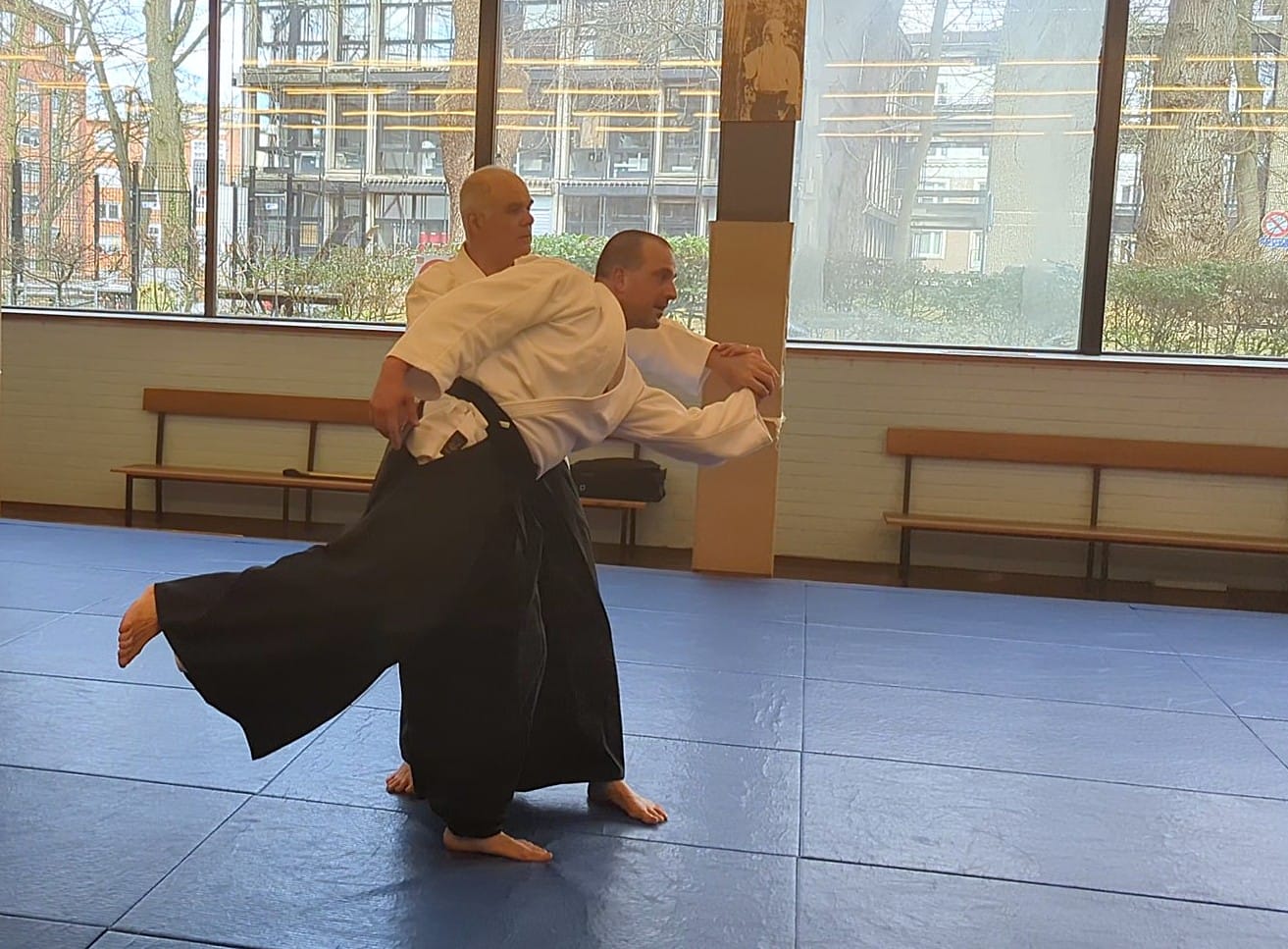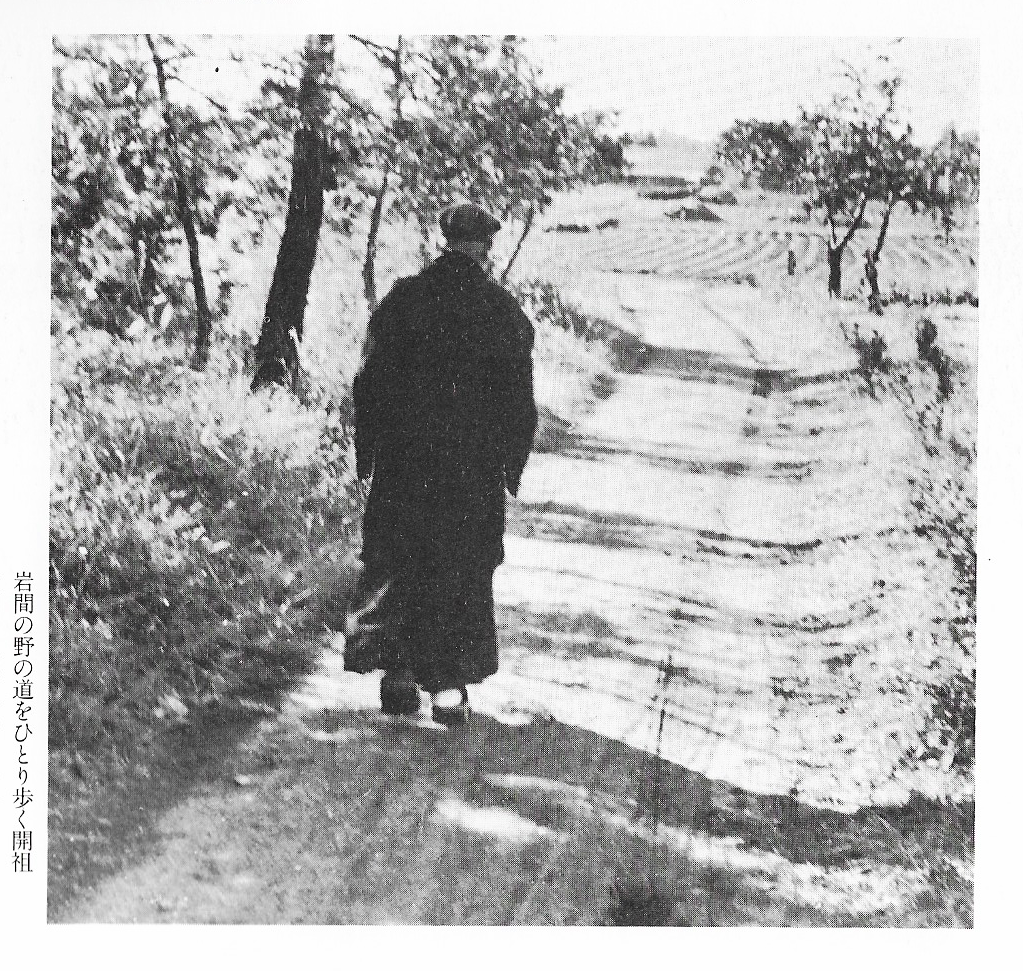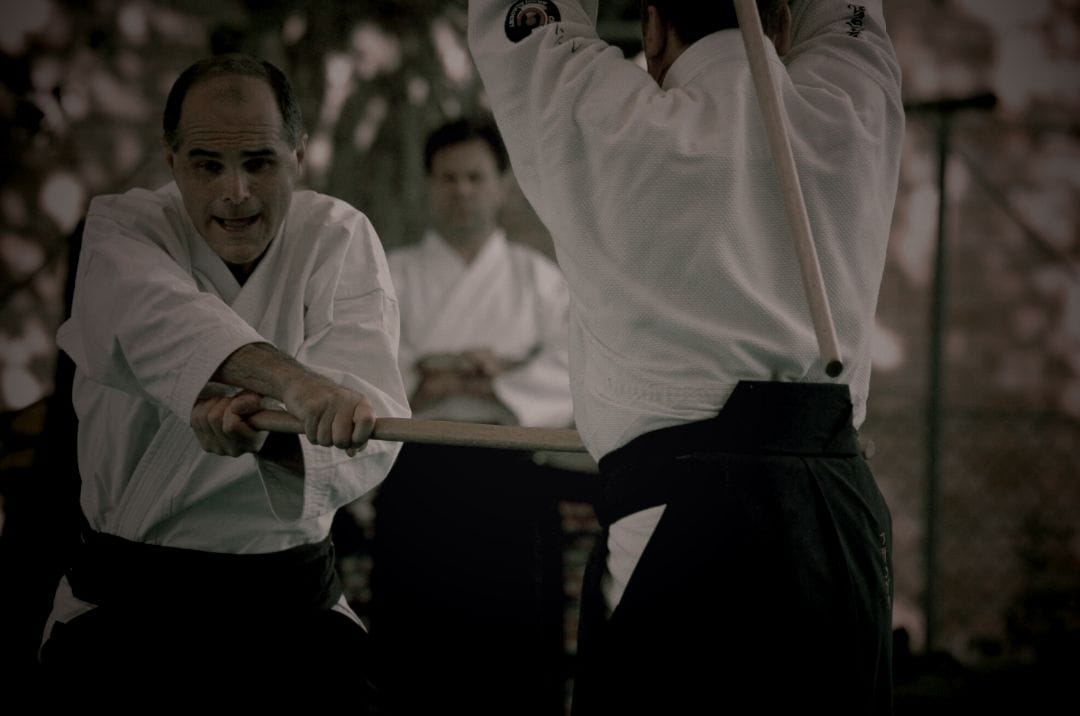O Sensei's book Budo, written in 1938, begins with the movement shown in the following video (the release of the grip is a variant here):
The question is: why did O Sensei choose to begin his unique book with this technique?
The answer is: because it is not a technique.
Of course, everyone here recognises irimi nage. But it is important to understand that irimi nage is just one of many movements in Aikido that use the irimi principle. It just so happens that irimi nage illustrates it in a particularly demonstrative way, hence its name.
Aikido is entirely built around the principle of irimi, and it is therefore with great logic that Morihei Ueshiba begins his book by presenting us with the principle, insofar as this principle is the common origin of all the techniques of the art.
However, the principle is not visible in itself, per se; it is only visible from the moment it is manifested, that is to say applied in a movement, whatever it may be. To demonstrate the principle of irimi, O Sensei has therefore chosen to show it in irimi nage, which is the movement that most clearly illustrates it.
The nage of irimi nage is therefore of no importance at this stage. The part of O Sensei's book dealing with technique will not begin until the second chapter.
The principle appears in this movement in its purest form, it is pure irimi, it is One, it has not yet divided into its irimi-tenkan form, which it will only do in the second teaching that O Sensei gives in his book, and for which he uses the tai no henka form. Tai no henka is to irimi-tenkan what irimi nage is to irimi: both are necessary forms for presenting the principle of action of Aikido, for visualising it.



